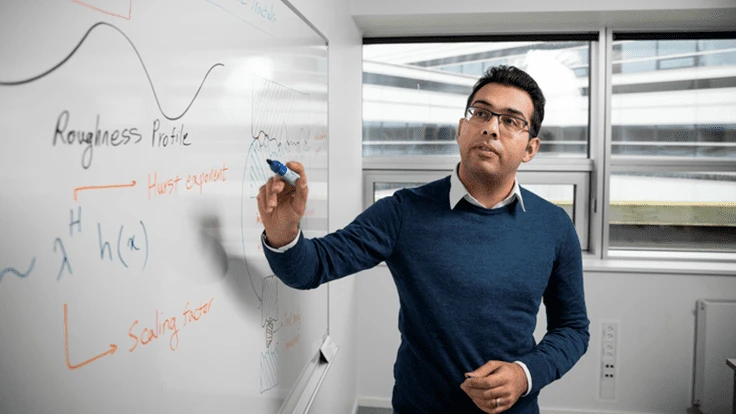
Lars Kruse, Aarhus University
Worn-out industrial milling tools and damaged materials cost the manufacturing industry billions each year.
In manufacturing processes, components are shaped by removing chips from a bulk material, but a clear understanding of what factors control the size and shape of removed chips has remained elusive, limiting the manufacturing sector to incremental advancement based on trial-and-error approaches.
Making a perfect cut every time is desirable, and now researchers at Aarhus University have modelled and experimented their way to solve the long-standing challenge of finding a perfect cutting process that minimizes tool wear and optimizes surface finish.
"We have developed a simple analytical model that can predict the mechanism for chip formation and its transition for almost every material. The model reveals the existence of a critical cutting depth as a function of material properties, tool geometry and running conditions,” says Associate Professor Ramin Aghababaei who’s leading the project at Aarhus University.
The study has been published in the scientific journal Physical Review Letters and the research is part of the project Cutting-Edge.
“By testing on various plastic materials, we have found a critical cutting depth, below which we can remove long chips in a smooth and gradual way and above which short and irregularly-shaped chip formed in an abrupt manner,” says Aghababaei.
The associate professor points out that deviation from this critical cutting depth has a major impact on wear and tear of the tools used, on energy consumption, and on the final product finish.
"We will continue to develop the model, but tool industry can start using it already to design optimal cutting tools,” he says.
The research forms part of the Grand Solutions project, Cutting-Edge, which aims to improve the performance of cutting tools for stainless steel processing. The project is being funded by the Innovation Fund Denmark with DKK 7 mio.
Get curated news on YOUR industry.
Enter your email to receive our newsletters.Latest from Today's Medical Developments
- Metalworking machinery orders increase for February 2025
- Manufacturers’ technology adoption & attitudes survey
- FOBA Laser Marking + Engraving’s F.0100-ir ultrashort pulse laser
- #57 - Manufacturing Matters - Agile & Robust Supply Chain Management with Lisa Anderson
- Manufacturing leaders are bullish on AI for supply chain growth
- Take control of your manufacturing business despite supply chain turmoil
- Strengthening the defense maritime industrial base for national security, economic resilience
- Hacker-proofing smart implants






